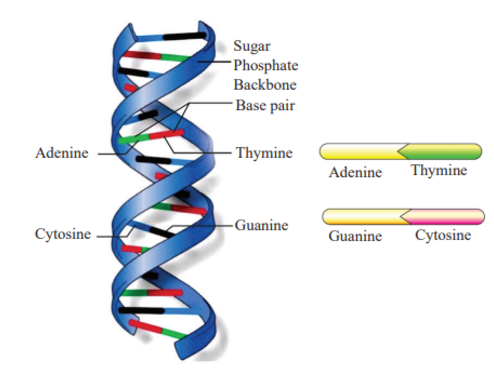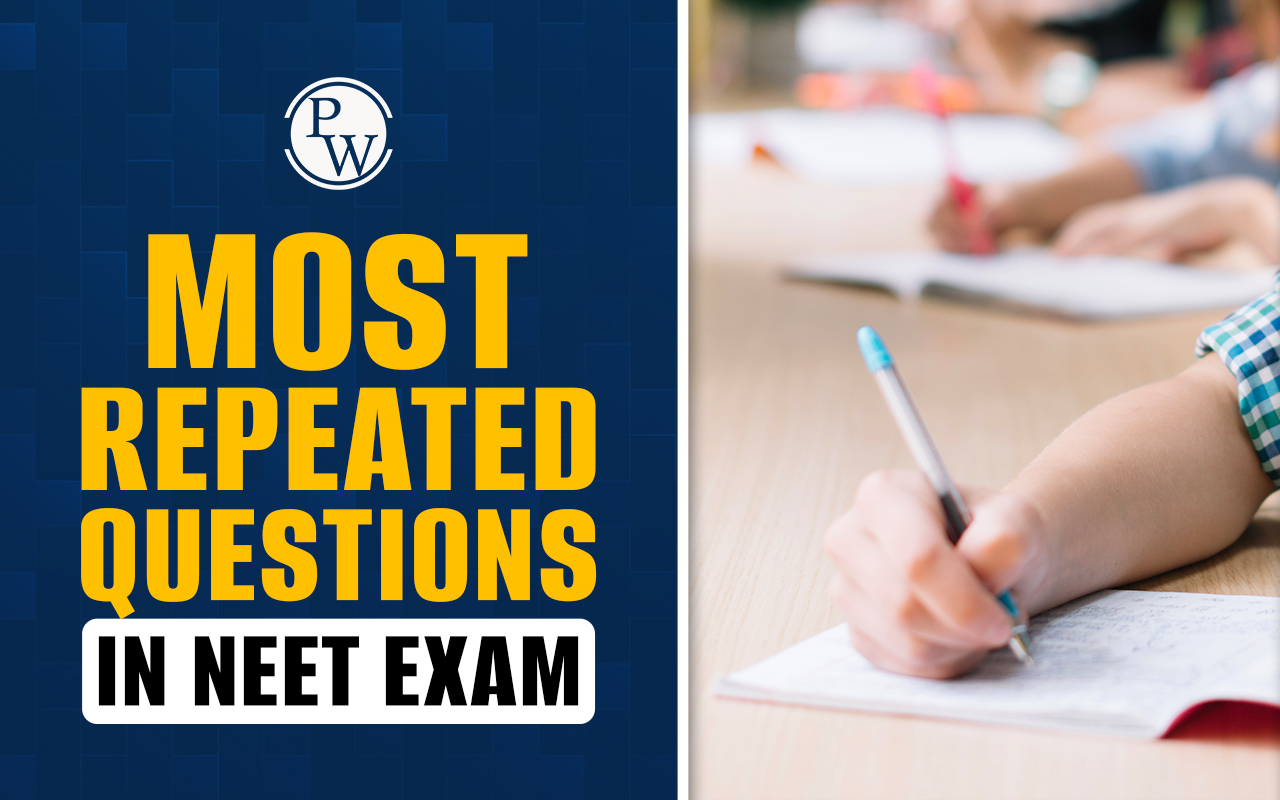

Chargaff's rule is a key concept in understanding the structure of DNA. It provided essential insight into the relationship between the nitrogenous bases in DNA, contributing to the discovery of the double-helix structure of DNA by Watson and Crick. For the NEET Exam , this rule is significant because it helps explain DNA replication and genetic variation, both of which are relevant for the exam.
Definition of Chargaff's Rule
The Chargaff rule states that in any double-stranded DNA molecule, the amount of adenine (A) is equal to thymine (T), and the amount of cytosine (C) is equal to guanine (G). This can be expressed as:A = T and C = G
Moreover, the total purines (adenine and guanine) always equal the total pyrimidines (thymine and cytosine). This specific ratio maintains the stability of the DNA structure and supports its complementary nature.
Click Here to Explore PW NEET Online Coaching
Complementary Base Pairing
Complementary base pairing is a key feature of DNA's structure, ensuring that the two strands of a DNA molecule are mirror images in terms of nucleotide sequences. This property arises from the specific pairing between bases: adenine (A) pairs with thymine (T) through two hydrogen bonds, and cytosine (C) pairs with guanine (G) via three hydrogen bonds. Due to this precise base pairing, the sequence of one strand automatically determines the sequence of the complementary strand. For example, if one strand has the sequence A-T-C-G, the complementary strand will have the sequence T-A-G-C.Importance of Chargaff's Rule
Chargaff's rule plays a crucial role in our understanding of the structure and function of DNA. It reveals that in double-stranded DNA, the amount of adenine (A) is always equal to thymine (T), and the amount of cytosine (C) is always equal to guanine (G). This principle is fundamental for several key reasons:- Chargaff's rule contributed to the discovery of the double helix structure of DNA. It explained why the two DNA strands could be complementary, with the base pairing between adenine and thymine, and cytosine and guanine, forming a stable structure.
- The rule ensures that during DNA replication, each strand can serve as a template to create an identical complementary strand. This guarantees the accurate duplication of genetic material in cell division.
- Chargaff's rule helps maintain genetic stability, ensuring that the genetic code is passed on correctly from one generation to the next. The pairing pattern supports the fidelity of DNA copying, minimizing the risk of errors or mutations.
- Chargaff's rule is fundamental in genetic research and the study of species differences. By comparing the base ratios in the DNA of different organisms, scientists can identify and classify species based on their genetic makeup.
Also Check:
- Free Toppers Notes for NEET
- Free NEET Lectures by PW Faculties
- NEET Study Material, Free Sample Papers, Book, Toppers Notes, PYQs
MCQs of Chargaff's Rule
Q1. Which of the following statement is correct?
- Guanine pairs with cytosine through two H-bond
- Pentose sugar and nitrogen base are linked through phosphoester linkage
- Adenine does not pair with thymine.
- Adenine pairs with thymine through two H-bonds.
Q2. Match the following List-I with List-II and choose the correct option.
List-I List-II
(A) Base pairing (I) Sugar of DNA (B) Deoxyribose (II) Unique property (C) Thymine (III) Nitrogen base of DNA- (A)-(III); (B)-(I); (C)-(II)
- (A)-(II); (B)-(III); (C)-(I)
- (A)-(I); (B)-(III); (C)-(II)
- (A)-(II); (B)-(I); (C)-(III)
Q3. Statement-I: In a dsDNA, always a purine comes opposite to a pyrimidine.
Statement-II: Nitrogen bases are positioned linearly to the sugar-phosphate backbone and they face inside.
- Statement I and Statement II both are correct.
- Statement I is correct but Statement II is incorrect.
- Statement I is incorrect but Statement II is correct.
- Statement I and Statement-II both are incorrect.
Answers of MCQs of Chargaff's Rule
Ans1. Adenine pairs with thymine through two H-bonds., Ans2. (A)-(II); (B)-(I); (C)-(III), Ans3. Statement-I is correct but Statement-II is incorrect.Chargaff's Rule FAQs
Q. Which is correct according to Chargaff's rule?
Q. How can Chargaff's rule be used to identify different species?
Q. Is Chargaff's rule applicable for single-stranded DNA?
Q. What is the formula of Chargaff's rule?
Q. What is Chargaff's rule in DNA?
What is Hypotonic solution?












